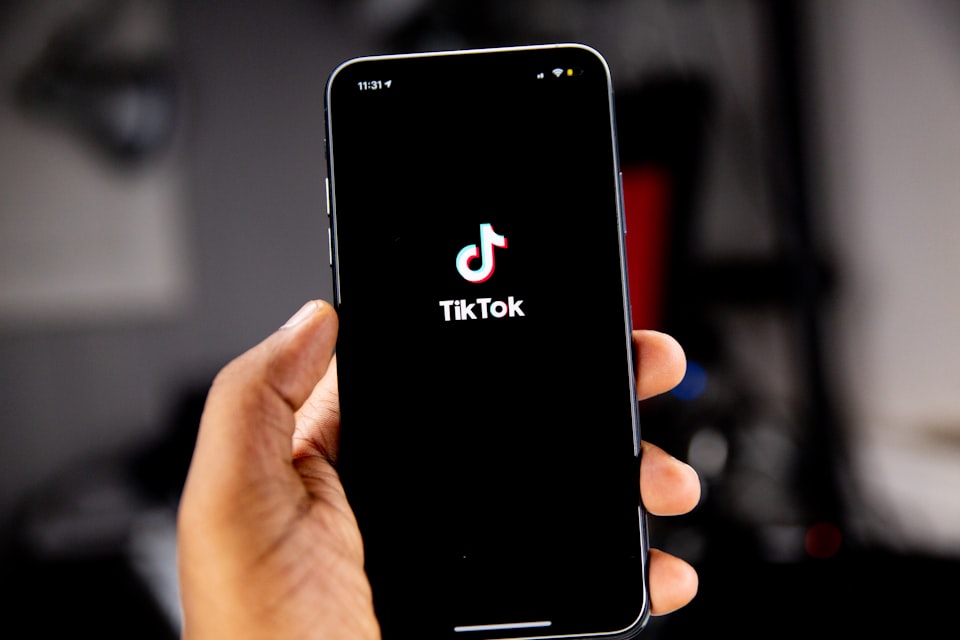Halo Effects: the Holy Grail of Marketing

One of the holy grails of marketing communication is the desire to use halo effects to our brand advantage.
But what is a halo effect? As per Wikipedia, the source of all truths in the 21st century, halo is the tendency for positive impressions of a person, company, brand, or product in one area to influence one’s opinion or feelings in another area. It stretches beyond marketing in psychology and religion, where the term has its roots.
In advertising, the halo effect is the expectation of a set of attributes known in one field to influence consumer opinion and behavior in another area.
Halo effects are why brands invest big budgets in celebrity advertising, use famous singalong soundtracks, or sponsor major sporting events despite a consistent negative return on investment (more on that in a future article).
One of the advantages of having precise measurements of the impact of advertising on sales is the ability to prove that halo effects exist and have an impact at the point of purchase.
In the case of a great advertising campaign, your most recognized product in the brand range will halo into the less known products—i.e., drive more sales of the products you don’t explicitly advertise. The summit of halo effects is the total category halo. It is incredibly challenging to execute and plan for, but it delivers an excellent kick for multiple brands in the category. That is when your advertising benefits the entire category.
The more your brand commands the category, the larger the benefit you are reaping.
As with every other advertising trick, there is no magic bullet.
Advertising is a mix of art and science. However, a good recipe for potential success when desiring halo impact is to develop a highly effective advertising campaign. I’ve never seen an ineffective ad create a halo.
When I say George Clooney, which brand comes to mind first?




